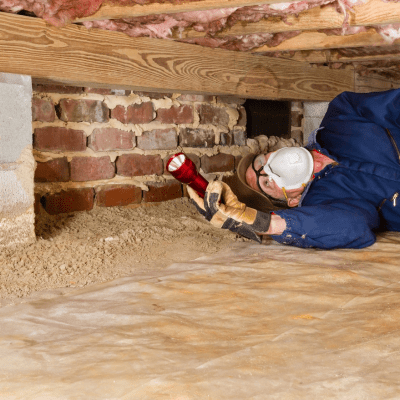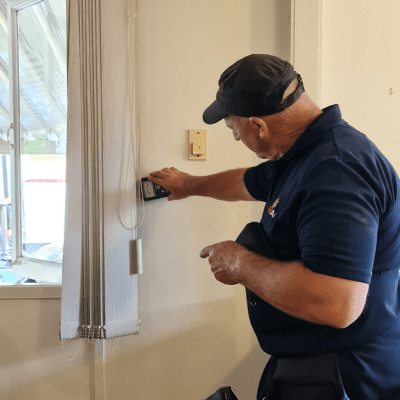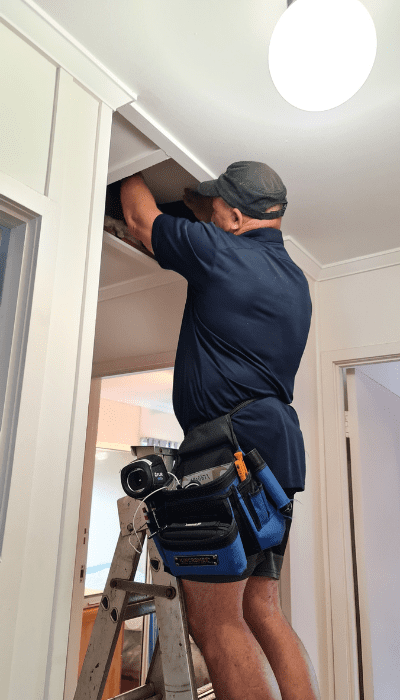Book your annual timber pest inspection reminder today
An annual inspection by a licensed timber pest specialist is the best form of defence against suffering extensive termite damage.
Queensland is well known for termite problems, causing extensive damage to homes which is typically not covered under your home insurance policy.
The Annual Timber Pest Inspection is the best insurance policy that you can take out, providing early detection. Termites can remain undetected for some time, quietly eating away at your house. Some areas are more prone to termites.


What is checked in an annual timber pest inspection?
A timber pest (termite and borer) inspection is a comprehensive visual inspection to all accessible areas of the property, yard and the home building structure. A report detailing findings will be issued following the inspection. The termite inspection and report complies with Australian Standards.
What happens if we find evidence of termites?
If termite activity and damage is found, your Technician will provide you with treatment options to suit your situation and budget. This may include the installation of a chemical termite barrier. See more information on the barrier here.
Your Inspector will also provide recommendations on further investigations and repairs that may be necessary.
Protect your property today and avoid the bigger expense, contact us to arrange your inspection today.
Why is an annual timber pest inspection important?
Find termites before they do too much damage
Termites can enter your property undetected, so it is important to have a professional check the property at least every 12 months to ensure that they have not taken up residence. The inspector will be looking for signs of termite entry such as mudding on the exterior of the house, damage to skirting boards and window frames or other evidence of entry.
Identify conducive conditions for termites.
Your report will highlight any conducive conditions identified by the inspector. These are items that need to be attended to as they are creating favourable conditions for termites. This can include water discharging beside the slab of the house, leaking pipes or excessive moisture identified in wall cavities and excessive vegetation beside the house.
Make recommendations for termite management
The inspection will include an evaluation and recommendations on the management system that is currently at the property and advice on improvements. There is no system available that can guarantee termites won't enter the property (as they can circumvent most systems) so even with a system, it is important to have annual inspections.
What is inspected in a timber pest inspection?
Subject to safe and reasonable access, this inspection is a visual assessment of the following areas;

